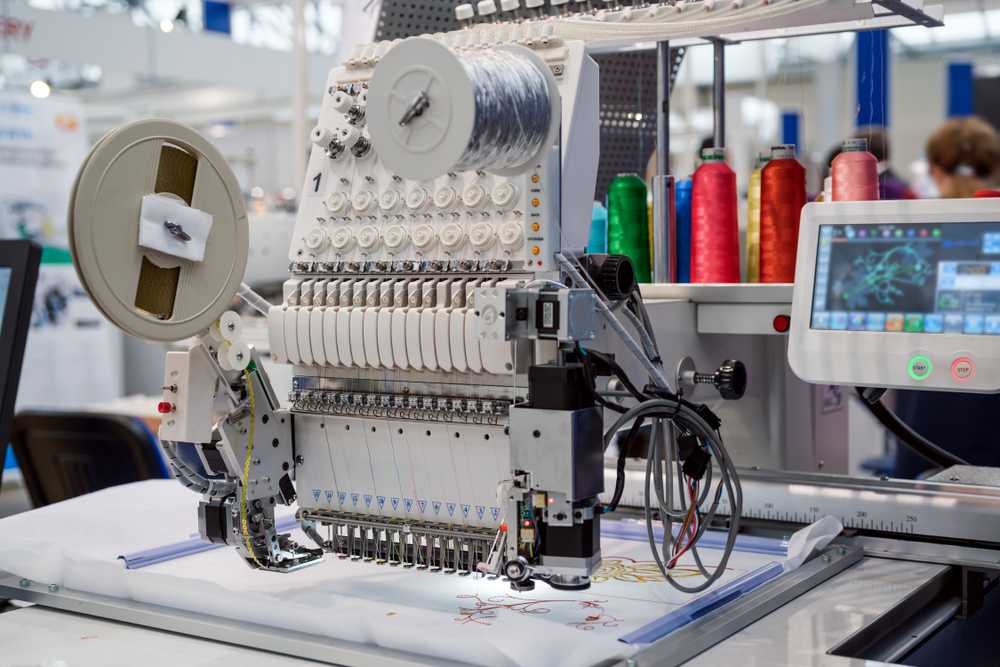Grasping the Needlework Digitizing Refine: Your Ultimate Overview
Needlework digitizing is a meticulous craft that needs accuracy and competence to convert elaborate layouts right into electronic styles for device embroidery. As craftsmens start this journey to understand the embroidery digitizing procedure, a thorough understanding of the fundamentals establishes the foundation for quality. Past the primary knowledge exists a world of sophisticated software, specialized tools, and nuanced methods waiting to be discovered. By delving into the nuances of digitizing, one can open a globe of creative possibilities and raise their embroidery tasks to new heights.

Recognizing Needlework Digitizing Essentials
Needlework digitizing basics create the foundation whereupon elaborate layouts are translated into machine-readable layouts for precise sewing. This initial step in the needlework digitizing procedure is crucial for guaranteeing that the last stitched product is a loyal depiction of the initial style. Comprehending embroidery digitizing basics involves comprehending key principles such as stitch types, sew direction, density, rug, and draw payment.
Stitch kinds play a vital function in identifying the visual and textural end result of the embroidered style. By selecting the proper stitch kind, whether it be satin, fill, or running stitch, digitizers can accomplish the wanted impact and boost the general top quality of the needlework. Additionally, sew instructions influences the circulation and measurement of the style, while thickness establishes the spacing and coverage of the stitches.
In addition, underlay sewing offers security to the design by safeguarding the textile and preventing distortion throughout the embroidery procedure. Pull compensation is another important consideration to combat the natural propensity of fabric to contract when stitched. Grasping these embroidery digitizing basics is fundamental for producing professional-quality stitched items.
Selecting the Right Digitizing Software Program
Picking the ideal digitizing software is a crucial choice that dramatically impacts the efficiency and top quality of the needlework digitizing procedure. Digitizing for Embroidery. When selecting the best digitizing software application, it is vital to take into consideration variables such as the intricacy of styles you intend to develop, the user-friendliness of the software, the degree of client support supplied, and the compatibility with your embroidery device
There are numerous digitizing software options offered on the market, ranging from fundamental programs for novices to innovative software program for specialist digitizers. Some prominent options include Wilcom EmbroideryStudio, Hatch Embroidery Software Program, and PulseID. These software use a large range of devices and functions to aid you create detailed layouts with simplicity.
Before choosing, it is advisable to discover the different software application choices with cost-free trials or demos to determine which one finest suits your needs. Furthermore, checking out reviews why not check here and looking for referrals from seasoned digitizers can offer important insights into the staminas and weaknesses of each software webpage package (Digitizing for Embroidery). By carefully reviewing your needs and contrasting the features of various digitizing software program, you can make an enlightened option that boosts your embroidery digitizing operations
Digitizing Tools and Techniques

Optimizing Style Settings for Needlework
Mastering the details of style setups is essential in attaining ideal outcomes in the embroidery digitizing process, building upon the structure laid by comprehending digitizing tools and methods. When enhancing design setups for embroidery, it is necessary to think about helpful resources elements such as stitch kind, density, padding, pull compensation, and enrollment. Registration setups align various components of the design properly, maintaining total design honesty.

Troubleshooting Common Digitizing Issues
When coming across typical digitizing issues throughout the needlework process, it is important to recognize the origin and carry out effective solutions immediately. One common issue is stitch density problems, where stitches might be too thick, causing the material to tighten, or too sporadic, leading to spaces in the design. Changing the stitch thickness settings in the digitizing software application can aid fix this issue.
An additional regular obstacle is thread breaks during the needlework process. This can happen as a result of various factors such as incorrect stress setups, dull needles, or making use of low-quality string. Ensuring appropriate upkeep of the needlework equipment, including routine needle adjustments and stress adjustments, can reduce the event of thread breaks.
Furthermore, style registration mistakes can lead to misaligned aspects within the needlework layout. Examining the layout placement in the digitizing software and making necessary adjustments before stitching can help in preventing this concern. By resolving these common digitizing issues promptly and effectively, you can guarantee a smoother embroidery process and top quality finished products.
Conclusion
In conclusion, understanding the needlework digitizing procedure needs a solid understanding of the basics, the best choice of software program, and expertise of devices and methods. Enhancing design settings and troubleshooting usual digitizing concerns are vital actions in making sure premium embroidery results. By following these actions diligently, one can achieve accuracy and performance in the digitizing procedure.